In this multi-disciplinary study covering a period of a thousand years, Laxman S. Thakur traces the evolution of Buddhism against the backdrop of the economy and culture of the region. He examines the various components of the monastery and delineates the architectural and aesthetic styles of Tabo, including sculpture, painting, epigraphy, and Tibetan inscriptions. The famous murals of Tabo reflect not only the influence of the many Buddhist philosophical and religious doctrines then in currency, but also the larger socio-cultural, political, and economic changes occurring in this region at the time. The iconography of the murals mirror regional influences as well, particularly of the areas contiguous to Lahaul-Spiti. At the same time, they also preserve non-Indian motifs and idioms, including the Achaemenid, Persian, Central Asian, Nepalese and the Chinese. The names of artists and patrons, whose religious devotion is manifested so creatively in this splendid house of worship, have been translated from Tibetan into English for the first time in this book. The book is accompanied by beautiful colour and black and white photographs, and supplemented by detailed maps and ground plans. It is essential reading for all those interested in Himalayan archaeology, art and architecture, pre-Buddhist and Buddhist religious traditions, and Tibet. It is also an ideal introduction for visitors to Tabo and the nearby regions.
Where Mortals and Mountain Gods Meet : Society and Culture in Himachal Pradesh
Where Mortals and the ...
$28.50
$30.00

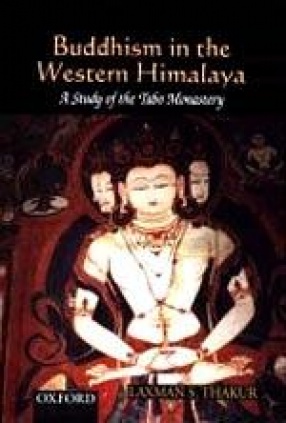
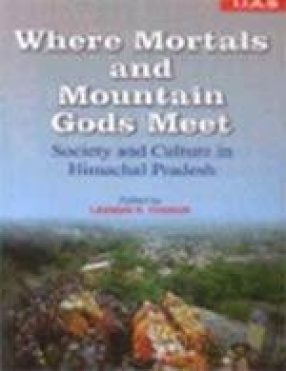
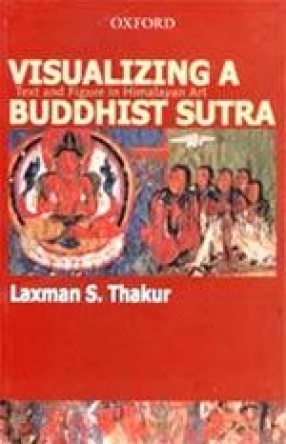
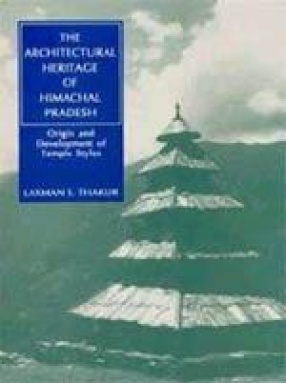
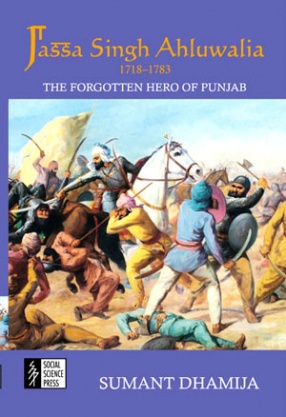
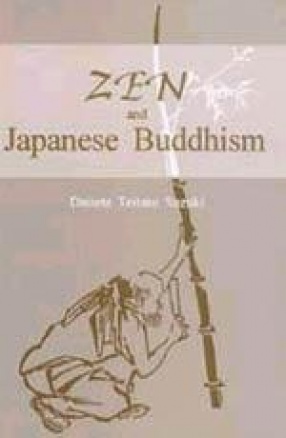
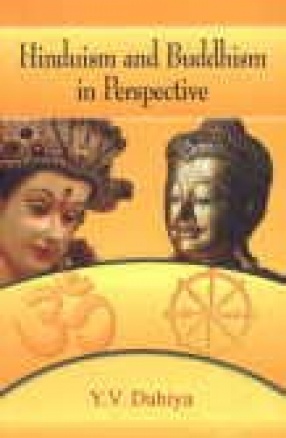
There are no reviews yet.